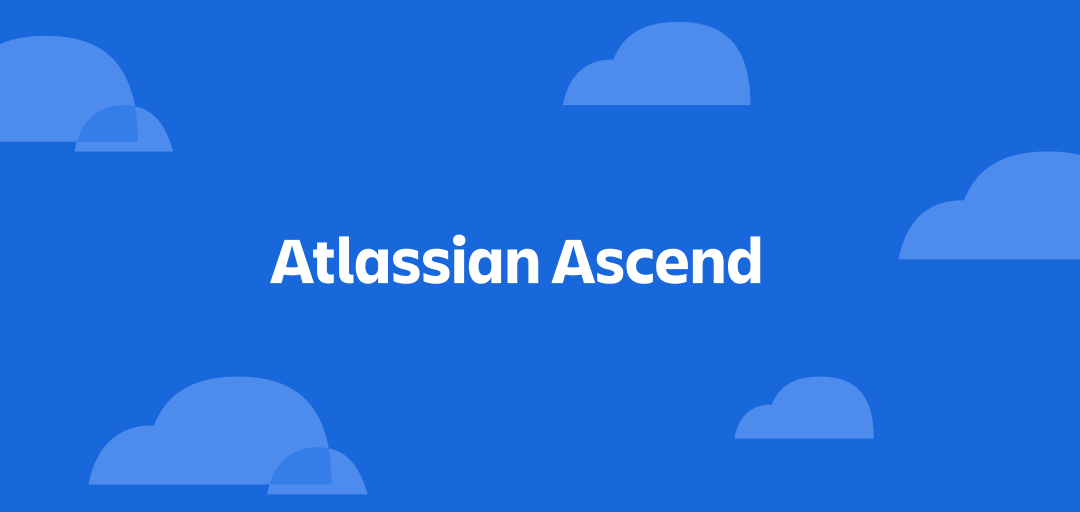· risk management · 4 min read
Balancing Risks: A Comprehensive Guide to Managing Negative and Positive Risks in Jira

In the realm of project management, risks come in various forms, presenting both challenges and opportunities. While negative risks threaten project objectives, positive risks offer opportunities for growth and enhancement. This comprehensive guide explores the importance of managing both negative and positive risks effectively. We’ll delve into strategies for identifying, assessing, and responding to negative risks before shifting focus to harnessing positive risks for project success. Additionally, we’ll discuss how easeRisk - Risk Management for Jira can streamline this process within the Jira environment.

Negative Risks / Threats
Negative risks, commonly known as threats, are events or circumstances that could hinder project objectives if they occur. These risks encompass factors such as budget overruns, schedule delays, technical failures, and resource shortages. Recognizing and mitigating negative risks is crucial to safeguarding project success and minimizing adverse impacts.
Managing Negative Risks
Effectively managing negative risks involves a proactive approach to identify, assess, and respond to potential threats. Key steps include thorough risk identification through brainstorming sessions and expert judgment, followed by comprehensive risk assessment to prioritize risks based on severity and likelihood. Subsequently, mitigation strategies such as avoidance, mitigation, transfer, or acceptance are implemented to minimize negative impacts and ensure project resilience.
Positive Risks / Opportunities
In contrast to negative risks, positive risks, or opportunities, offer the potential for project enhancement and success. These risks can lead to cost savings, accelerated schedules, improved performance, and increased stakeholder satisfaction. However, failing to recognize and capitalize on positive risks can result in missed opportunities for innovation and growth.
Managing positive risks is essential for unlocking the full potential of a project. Proactively identifying and capitalizing on opportunities fosters a culture of creativity and resilience within the project team. By embracing positive risks, project teams can drive innovation, enhance project outcomes, and increase competitiveness.
Strategies for Managing Positive Risks
In theory there is no major difference between managing negative and positive risks. In practice it takes a change in the project team’s mindset to ensure that positive risks are not forgotten during the execution of risk management processes.
Identification: Actively seek out and identify potential opportunities that could benefit the project through brainstorming sessions and stakeholder consultations.
Assessment: Assess positive risks in terms of likelihood and potential impact on project objectives to prioritize opportunities based on feasibility and value.
Define measures: Develop strategies to exploit identified opportunities fully, such as reallocating resources or adopting innovative approaches. Create and track measures to achiece this goal.
Monitor: As with negative risks, monitor the opportunities, implement the measures and reassess if the desired impact was achieved or if new measures are still needed.
Managing Negative and Positive risks in Jira with easeRisk
EaseRisk provides a robust platform for managing both negative and positive risks within Jira. Seamlessly integrating risk management into the project management workflow, easeRisk enables project teams to identify, assess, prioritize, and track risks effectively. With customizable boards, risk register, and reporting capabilities, easeRisk empowers project teams to harness the power of both negative and positive risks to drive project success within the Jira ecosystem.
Modelling negative and positive risks with easeRisk
EaseRisk is very flexible by design: it doesn’t impose any predefined Jira issue types, fields, or workflows. It is up to each company to define the best Jira configuration to accommodate its risk management processes.
Here we suggest two diverse ways to model easeRisk and Jira to cover both positive and negative risks.
1. Create different issue types for negative and positive risks
On this approach, two different issue types are set up in Jira to track risks: Opportunity and Threat (or Negative Risk and Positive Risk).
Step 1. Create these two issue types in Jira and associate them to the target projects.
Setp 2. In the Risk Scheme, configure both issue types as valid Risk issue types

Step 3. Add the Issue Type as a display column to the affected risk registers.

Step 4. Add two quick filters, one for each risk issue type, so that they don’t get mixed up in the Reports.

2. Create a custom field in the Risk issue type
This approach is similar to the one above, but instead of setting up two issue types, a single select list field is added to the Risk issue type.

For the rest of the configuration, you can use a similar approach: add the new field to the risk register column and create a quick filter for each different value of the custom field.
Conclusion
Balancing negative and positive risks is essential for achieving project success and driving innovation. By proactively managing negative risks and harnessing positive risks, project teams can maximize opportunities for growth and enhancement. With the right strategies and tools like EaseRisk - Risk Management for Jira, project teams can effectively navigate risks, optimize project outcomes, and drive organizational success.



